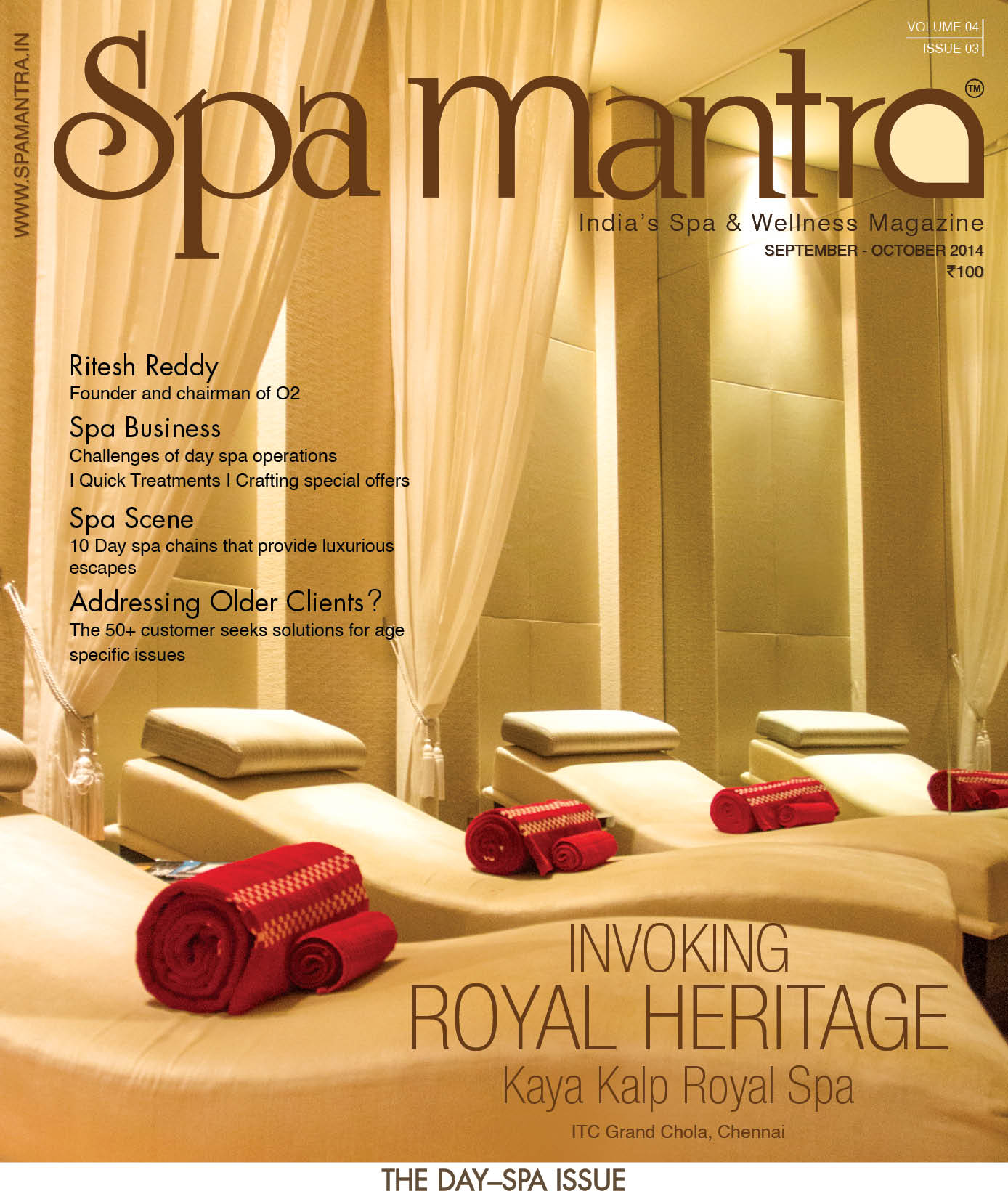Not too long ago, the Pilates method was an obscure method of training that few knew about. While some dancers understood the brilliance of the method, the techniques were largely unknown and unpracticed. In the last 20 years however, Pilates has become increasingly popular and more mainstream. Pilates remains a fast-growing form of exercise worldwide and no matter who you are, and whatever walk of life you are from, most people have heard about Pilates or heard of its benefits.
About Joseph Pilates
Pilates gets its name from its founder, Joseph H. Pilates. Born in 1883 in Germany, Joe was small and sickly as a child. Determined to overcome his physical disadvantages, he began to study anatomy, bodybuilding, wrestling, Yoga and gymnastics. At the outbreak of World War I, he was made to work in an internment camp on the Isle of Man. During this involuntary break, he began to intensively develop his concept of an integrated, comprehensive system of physical exercise. He trained his fellow inmates in fitness and exercises. It is said that these inmates survived the 1918 flu pandemic due to their good physical shape.
Pilates believed that the “modern” life-style, bad posture, and inefficient breathing lay at the roots of poor health. He ultimately devised a series of exercises and training-techniques and engineered all the equipment and specifications required to teach his methods properly.
Around 1925, Pilates migrated to the United States. On the ship to America, he met his future wife, Clara. The couple founded a studio in New York City and directly taught and supervised their students well into the 1960s. His method, originally called “Contrology”, was related to encouraging the use of the mind to control muscles.
The Pilates Method
Pilates in its purest form, is a series of non-impact exercises designed to develop strength, flexibility, balance and concentration. It is done with the use of equipment or with no equipment in a mat class. It focuses attention on core postural muscles that help keep the human body balanced and provide support for the spine. In particular, Pilates exercises teach awareness of breath, alignment of the spine, and strengthen the deep torso and abdominal muscles.
The key to Pilates is fewer yet more precise moves that require concentration and correct form. While doing Pilates, you concentrate on your body’s position, the moves you are doing, the muscles that are engaged as you do the moves, and the breathing pattern as you move. The Pilates method is a physical fitness system where in each move is controlled, deliberate and effective.
The focus of Pilates involves engaging the groups of muscles that encircle the torso from the lower rib cage to below your beltline, many times referred to as your ‘powerhouse’ or ‘core’. These core muscles are connected to the limbs, which affects the way you stand, squat, sit etc. It’s not just about the abdominal muscles, but also training your back, your glutes, and the entire area that connects to your spinal cord. These are the parts that help your body support your spine, so that the burden of supporting your body weight isn’t just placed on your bones. However, as you advance in your Pilates practice, you will expand your repertoire, and incorporate literally all major muscle groups. This results in overall body sculpting as well as developing proper alignment and posture.
Pilates is practiced in a ‘Pilates studios’ which are exclusively meant for Pilates. Most Pilates studios engage in mat classes and classes on various apparatus or equipment or machines. These pieces of equipment were originally designed by Joe himself. The machines work on springs, which provide resistance training. There are in excess of 500 exercises for Mat and Pilates equipment. With its increasing popularity, Pilates is now taught at fitness centres and gyms as well.
Reasons for Popularity
There are many reasons for the soaring popularity of Pilates as a form of fitness.
1.Pilates is extremely Adaptable
It is a form of fitness that provides strength and flexibility to someone at any age or any level of fitness. It can be easy or very hard, depending on the needs of the individual. The ability to modify exercises for different populations is actually one of the greatest strengths of Pilates. It is a popular form of fitness for pre and post-natal pregnancy. The exercises can also be adapted for people who have limited movement or who use wheelchairs. And on the other extreme, the Pilates method also provides an ongoing challenge for even the fittest athletes.
2.Assists in Injury Prevention and Rehabilitation
The importance of the strength and flexibility of the “core” has already been established. If our core muscles are not working properly, we start to recruit the superficial muscles that usually move our limbs, in order to stabilize and support our body. As these muscles are not designed to be active for prolonged periods, they become prone to overuse. This manifests as injuries. The most obvious place for these injuries to occur are in the lower back and pelvis, but an unstable core can result in pain in the hip, knee, foot and even the shoulder and neck.
Pilates not only helps healthy individuals strengthen the “core” to prevent these injuries but also helps those injured in gaining their core strength back through rehabilitation. Today, physical rehabilitation encompasses a wide range of therapies, and Pilates is certainly among them.
It helps to relieve pain; protect injured joints and muscles from further damage or reinjury; avoid surgical procedures; speedy recovery from surgery or injuries by – regaining strength, flexibility, muscle tone, and overall endurance; and also aid recovery from stroke and other neurological events.
3.Helps Sculpt the Body and Flatten the Tummy
Pilates is an endurance exercise routine and regular practice gives you a lean and slender body. The human body has two types of muscles. The first are white fibre muscles, which are responsible for fast, spontaneous activities that require a lot of effort; they tend to increase in diameter as a result of exercise and create the hypertrophied bodies that you often see with body-builders. The other, Red fibre muscles, which are slow to fatigue and they are the basis of the endurance training routines. These muscle fibres can become more slender as a result of an exercise and gives a person a leaner body. This is the reason why dancers and marathon runners have such lean bodies. Pilates has become popular as it helps sculpt the body without adding bulk.
Pilates is also known to reduce the size of one’s tummy or belly. Most people see an immediate drop in their waist size as the exercises tone the abdominal muscles (tightening them and thus shrinking their size) and hence a reduction in the waist size.
4.Improves Posture and Body Awareness
Today, in our extremely busy lifestyles we can spend hours at a desk, driving, running errands and so on. Over time, the muscles that we tend to use the most get stronger and those that we don’t use much get weaker. In time this results in the body being pulled “out of balance” by the strong muscles, resulting in joints getting pulled out of their proper position, e.g. shoulders or the pelvis. This can put undue pressure on the spine and an individual’s overall posture can deteriorate.
While in a Pilates class, there is a lot of emphasis on proper alignment during exercise- spinal and pelvic alignment, hip and feet alignment and so on. It makes you more aware of your body and the right position of your body at all times. The instructor uses many tools that give an individual the awareness of how their body moves and how they can improve it. Some clients respond to hands on assistance, for example “drop the shoulders” whilst the Instructor gently presses the shoulders down. Some respond to more verbal cueing “gently squeeze your shoulder blades together” thus helping to improve the shoulder position and stretch the chest. This body awareness changes the way the person sits, walks and look, not just in the Pilates class but, in their everyday lives. This makes Pilates different from all other exercise programs out there and makes it more effective for creating a graceful posture.
Media exposure and Celebrity Endorsements
Pilates has come a long way in the last 50 years. It started by being a means of conditioning for a very small group of people (dancers primarily in New York), gradually progressed through the years and exploded as an exercise trend in the 90s.As with any other form of fitness the popularity grew over the years as well known celebrities got attached to the method.
Celebrities, who have practiced Pilates and workout regularly include the likes of David Beckham, Sarah Michelle-Gellar, Megan Fox, Naomi Campbell, Michelle Obama, Hugh Grant,Madonna, Oprah, Jennifer Aniston, Gwyneth Paltrow, Julia Roberts and Tina Turner just to name a few.
The media attention and increasing consumer awareness has made Pilates one of the fastest growing trends in fitness today.
Writer | Panna Paranjape









